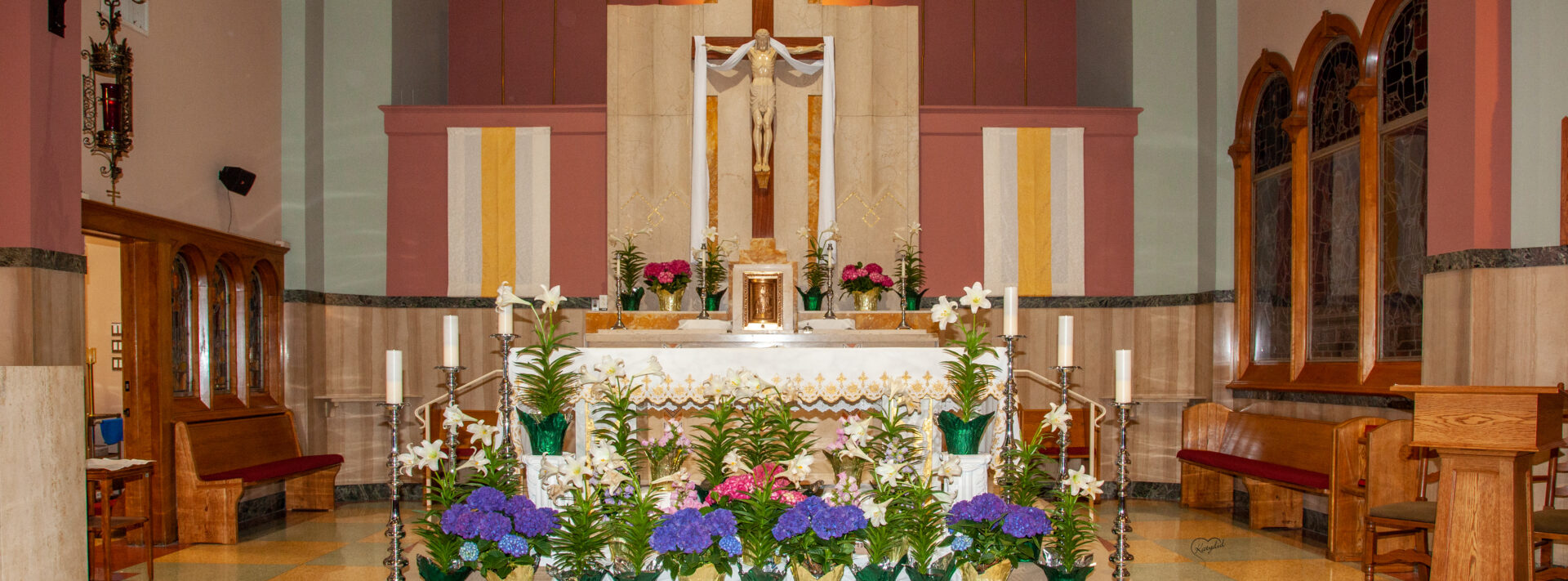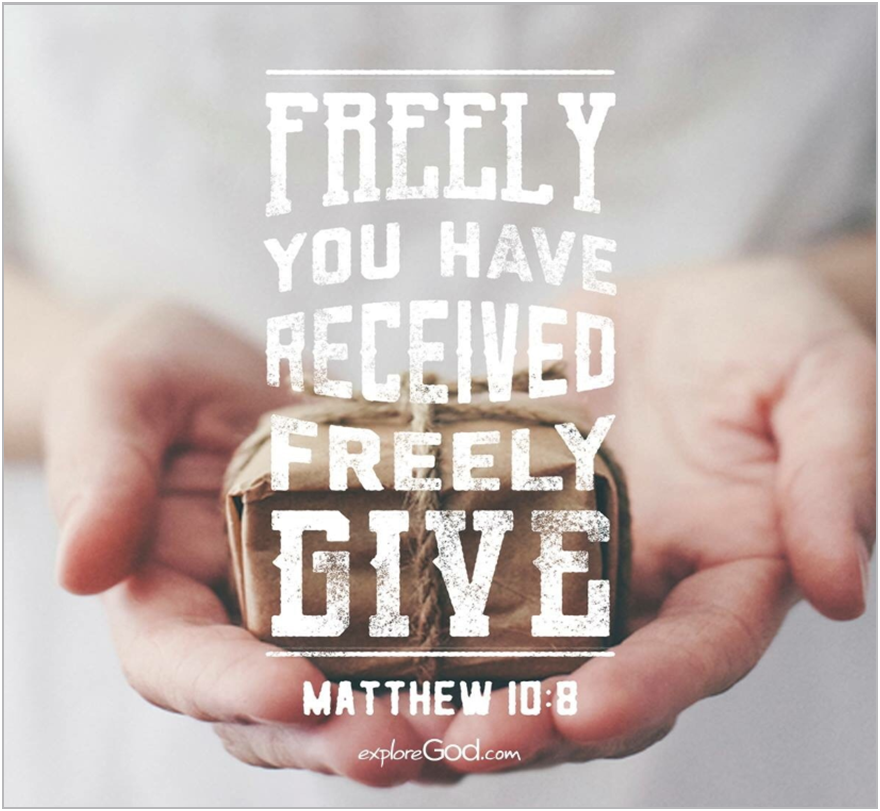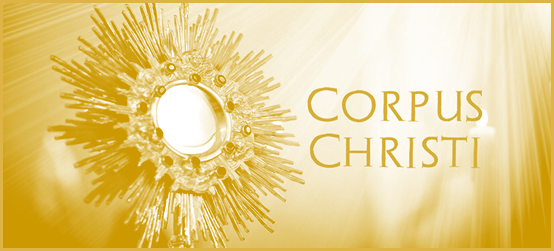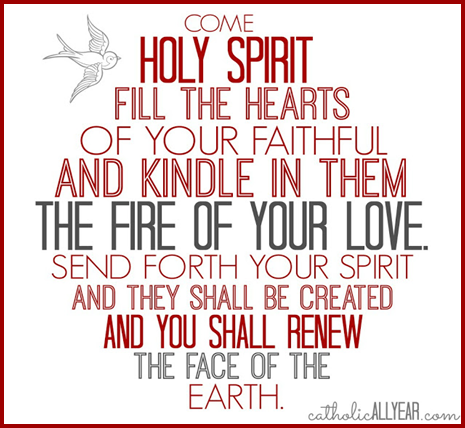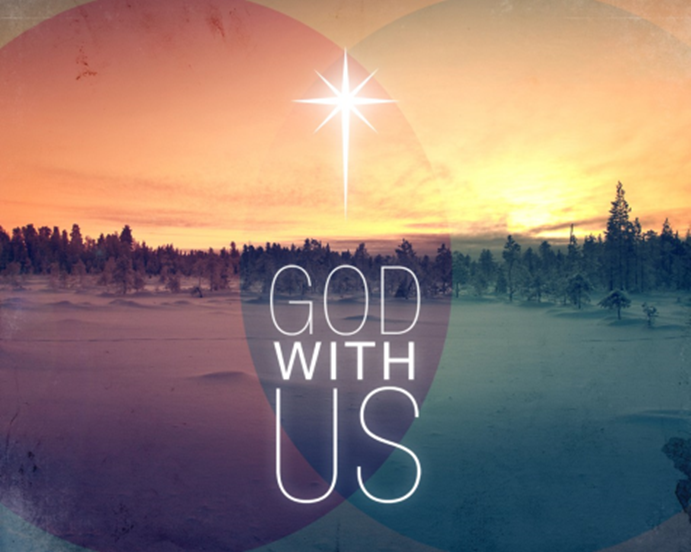Saturday July 8th
4:00 pm For Peace in Eastern Europe
Sunday July 9th
7:00 am Intentions of the Parishioners
9:00 am Intentions of the Presider
11:00 am Intentions of the Presider
Monday July 10th
8:00 am † Jeanne DeCesare
Tuesday July 11th St. Benedict
8:00 am † Alicia Chiofolo
Wednesday July 12th
8:00 am † Deceased Members of the Link & Simpson Families
Thursday July 13th St. Henry
8:00 am Intentions of Sr. Mary St. Mark
Friday July 14th St. Kateri Tekakwitha
8:00 am † Elizabeth Kelley
Saturday July 15th St. Bonaventure
8:00 am † Fran & George Weckerly
Remembering in our Prayers…
… all those who are sick … Loretta Boyle, James Dehan, Eric Bull, Bruce Seth, Vanessa Wismer, Karen Dale, Agnes Neas, Maria Pinto, Ernestine Spinello, Bryce Cassidy, Marta Gomeztor, Marion Price, Ed Bergan, Evelyn Griffin, Ray Wilson, Teresa Riegal, Bob Bohrer, Loretta Ceniviva, Regina Poskus, Joe Rosales, Pedro Flores, Thomas McLaughlin, Laverne McPhail, George Weatherford, Kathleen Lochner, Imelda Kormos, Kay Kenney, Howard J. Drager, Michael Boyle Sr., Eddie Quintana, Ralph Cosgrove, Anne & Mike Butera, Robert Mehlbaum, Joseph Bellisari, Philip Bell, Joyce Drexler, Maria Gulach, Earl T. Bauder, Bud DeLaurentis, Janet McHenry Howarth, Frank Martin, Barbara Ramsden, Gilberta Rocha, Touria Majidi, John Barrow, and the residents of Garden Springs and the Landings.
… all those who are deceased …
Eternal rest grant unto them, O Lord.
